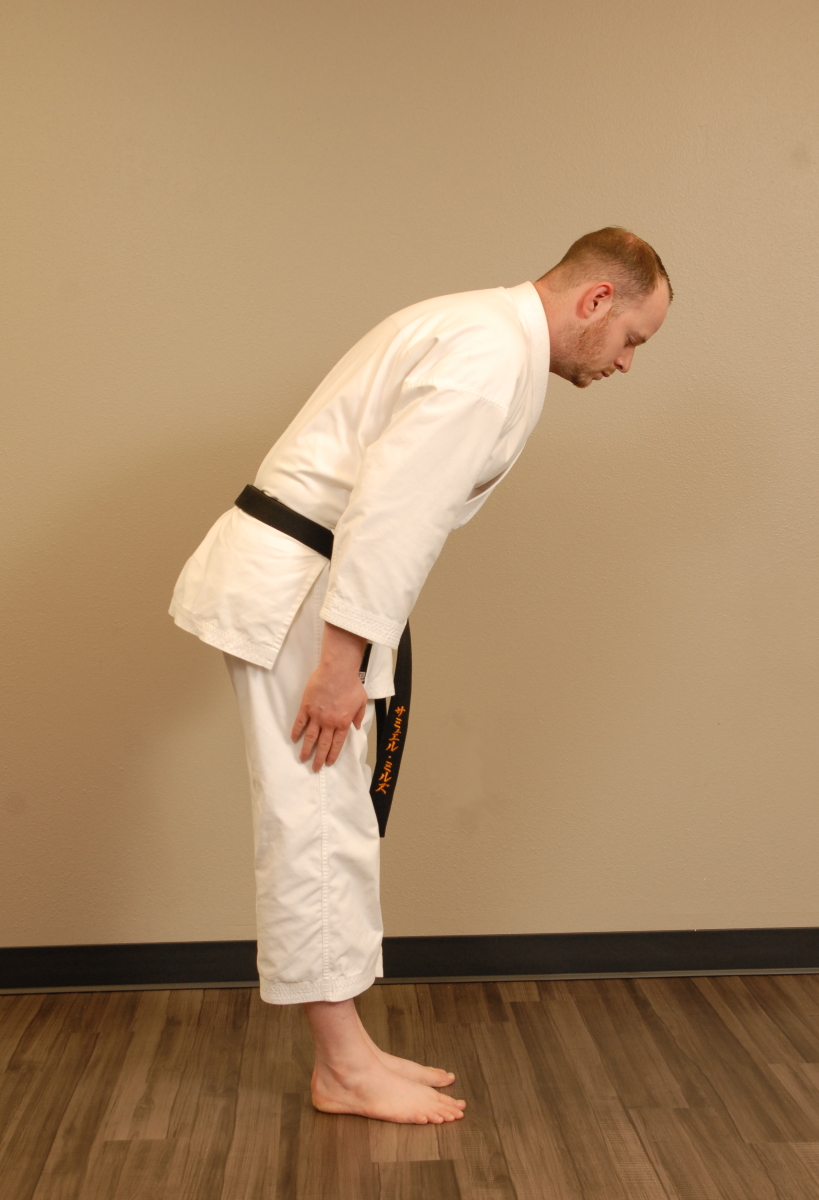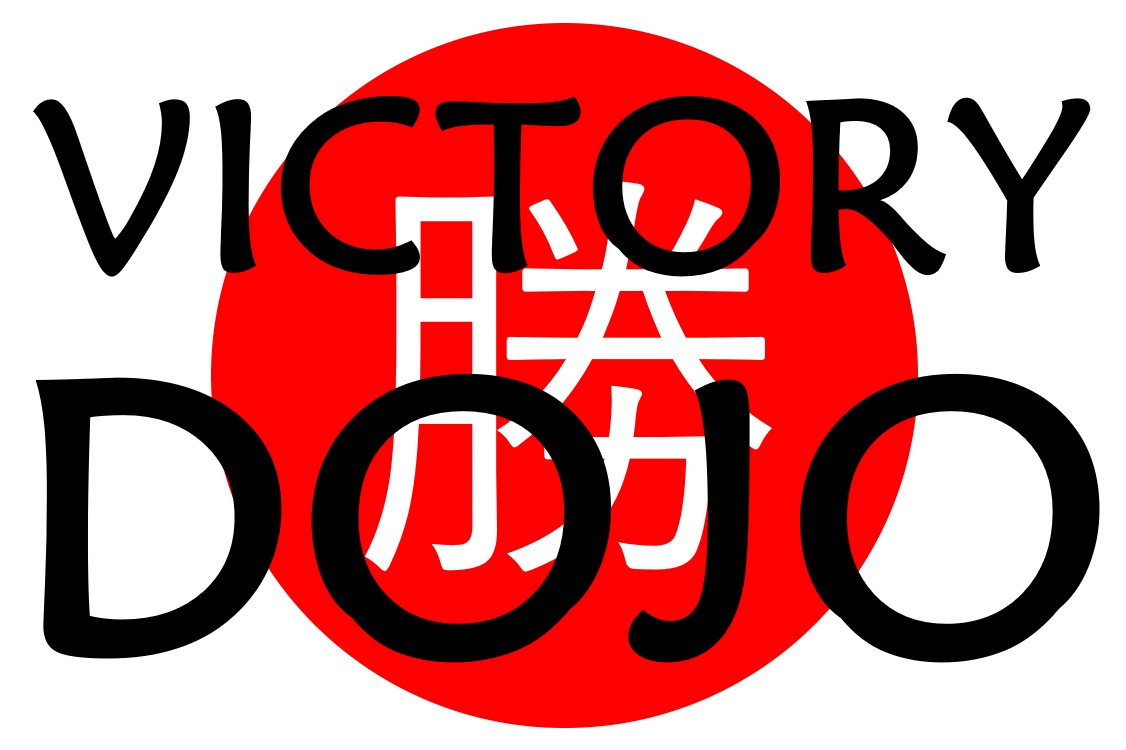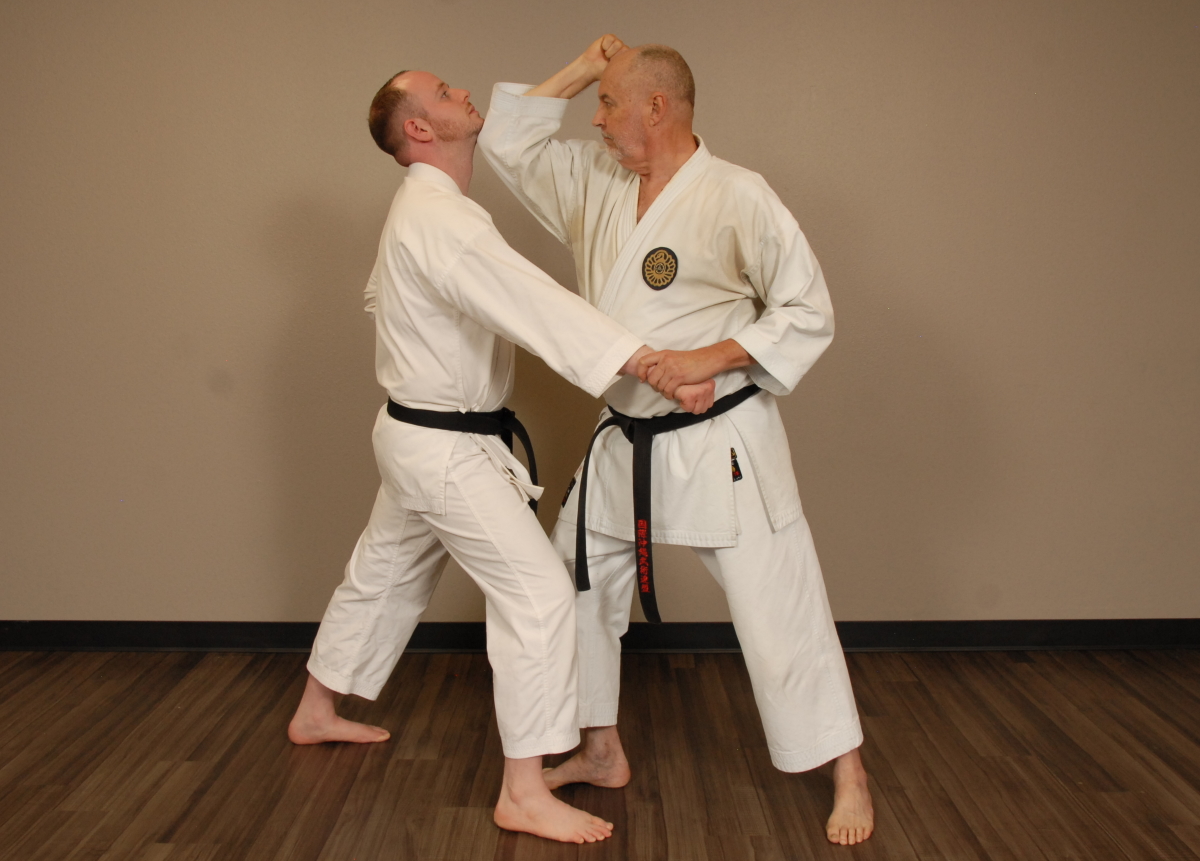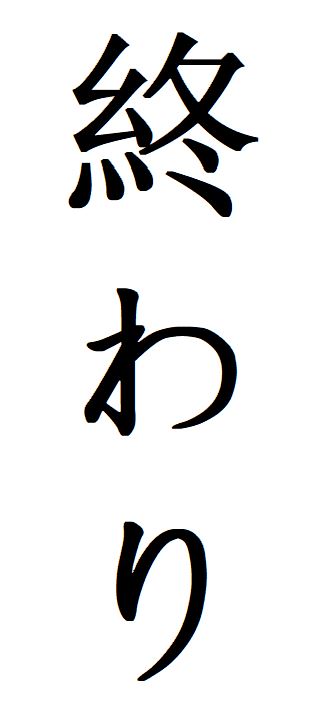Sahō to Reihō

Sahō means "preparation." In the larger sense, sahō begins at home with such things as having a clean training uniform (keikōgi) or clothing, trimming your fingernails to avoid scratching other students, remembering to bring all of your equipment with you, and leaving in time to arrive a few minutes early for class to assist with set-up of our equipment.
Reihō is "etiquette," and there is both formal and informal etiquette to be observed in the dōjō. As you first enter the training area, bow as shown in the photo at left as a gesture of respect for the dōjō itself. You should also bow as a greeting to any students already in the dōjō. Once everything is set up for class to begin, the formal reihō will begin:
| n | Seiretsu. The sensei or a sempai (senior student) will say, "Seiretsu." Participants will assemble in one or more straight lines, spaced about 6 feet apart. |
| n | Hairei. At the command "Shōmen ni taishite" ("Face the true front"), all participants will face in the direction of the dōjō kamon (emblem) and founder's portrait. On the command, "Rei" they will perform hairei (bow of esteem) by bowing quickly forward, holding the bow for a second or two, then rising slowly from the bow. |
| n | Shirei. Following the command, "Sensei ni taishite" ("Face the sensei"), participants will be told, "Rei" and will perform shirei (bow to instructor) in the normal fashion bowing forward, holding the bow while saying "O-negai shimasu" ("Please"), and then rising from the bow at the same speed. |
| n | Mokusō. Participants will next be told to sit in seiza (seated on the knees) and perform mokusō (silent thought). The object of mokusō is to empty the mind of negative thoughts and attitudes, then fill it with positive thoughts and attitudes as prescribed in Philippians 4:8: "Finally, brethren, whatever is true, whatever is honourable, whatever is right, whatever is pure, whatever is lovely, if there is any excellence and anything worthy of praise, meditate on these things." After an appropriate time the command, "Mokuso yame" will be given to cease meditation. |
| n | Dōjō Kun. After mokusō, students in the karate and Okinawa kobujutsu class (only) will be instructed to recite the Dōjō Kun. The Seishin-Kan Dōjō Kun can be viewed by clicking this link: dojokun.html. |
| n | Kiritsu. After the DJK, participants will be told "Kiritsu" ("Stand up"), having now completed sahō and reihō . |
Of course,
reihō (etiquette) will continue to be
involved in every activity for the remainder of class.
Students will bow to each other before and after every
activity as a reminder of "Rei ni hajimari,
rei ni owaru" ("Everything begins and ends
with respect").


 Once
participants are prepared for class and have performed
the customary etiquette, the following activities will
typically follow in the order presented below:
Once
participants are prepared for class and have performed
the customary etiquette, the following activities will
typically follow in the order presented below:
